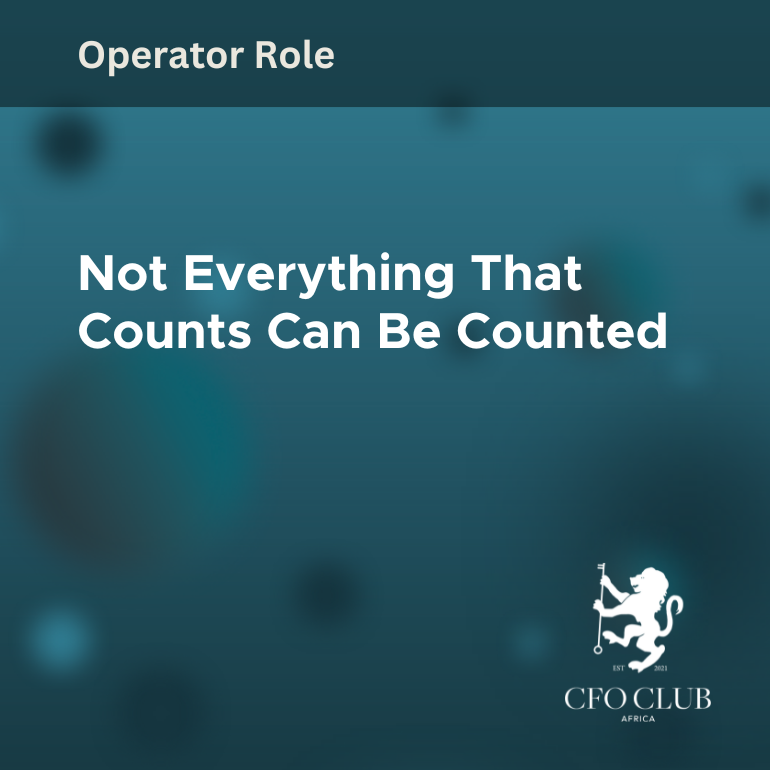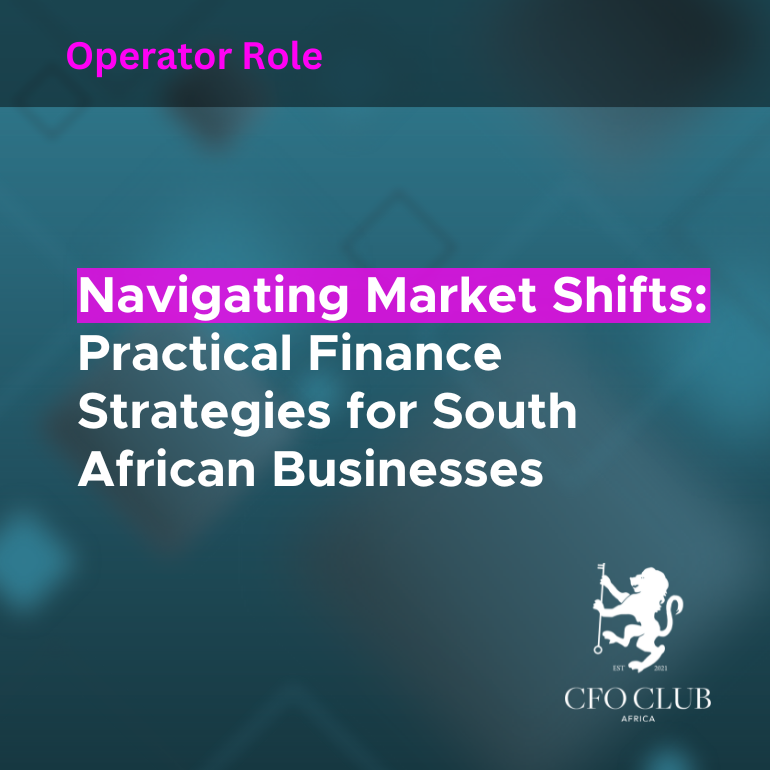Not Everything That Counts Can Be Counted
Operators are the guardians of systems, controls, and reliable reporting. Their credibility rests on one simple truth: the numbers must be right. But in today’s ESG-driven world, CFOs face a new complexity. They are being asked to measure social impact with the same rigour as financial performance. The challenge is that not everything that matters can be quantified, and not everything quantified reflects reality.
What Can Be Measured Reliably
There are areas where measurement is robust, defensible, and supported by hard evidence. These indicators provide the assurance that investors, regulators, and auditors require, because they can be tied back to verifiable documentation and independent validation:
- Jobs created and sustained. Employment data can be confirmed through payroll systems, tax filings, and employee contracts. This includes not only the number of jobs but also the quality of employment, such as whether work is permanent, part-time, or informal. Tracking gender distribution and local hiring provides additional depth and shows how employment contributes to socio-economic development.
- Tax contributions. Corporate tax, VAT, and PAYE payments are formally recorded in statutory filings. These are measurable, comparable across periods, and auditable. They reflect a company’s direct contribution to government revenue, which in turn funds social services. Reliable reporting in this area also helps build trust with regulators.
- Carbon emissions and energy use. Environmental impacts such as fuel consumption, water usage, and emissions can be tracked using established methodologies. When supported by third-party audits and international standards like ISO 14064, these numbers gain credibility and comparability. They allow CFOs to present hard data to investors concerned about environmental risk.
- Procurement from SMEs and local suppliers. Invoices, contracts, and supplier records can demonstrate how much of a company’s spend is directed to small businesses or historically disadvantaged enterprises. This is especially relevant in South Africa where procurement policies aim to stimulate inclusion and economic growth.
These areas are not only measurable but also align naturally with financial reporting frameworks. They can be embedded into existing systems with little ambiguity, allowing CFOs to design controls that meet audit standards and withstand external scrutiny.
What Cannot Be Fully Captured
At the same time, there are impacts that resist neat quantification. They matter deeply to stakeholders and communities, but they cannot be reduced to numbers without distortion:
- Community trust. Trust develops over years and can be destroyed overnight. While surveys and sentiment analysis can provide signals, trust is context-specific, fragile, and influenced by history and lived experience. A percentage score on a dashboard cannot capture the real cost of a community that no longer believes in a company’s integrity.
- Cultural loss. When communities are displaced, heritage sites are destroyed, or traditions are undermined by corporate activity, the loss is permanent. Attempting to assign a financial figure to cultural erasure risks trivialising it. These harms exist outside of market logic, and any attempt to price them is more likely to conceal the damage than acknowledge it.
- Psychological wellbeing. Mental health, dignity, and sense of belonging do not lend themselves to cost-benefit analysis. A workplace may calculate the financial cost of absenteeism, but this does not reflect the lived toll of stress, insecurity, or trauma. Reducing these realities to financial proxies can strip them of their human weight.
- Social cohesion and inequality. A project may increase GDP on paper while deepening divisions in society. These structural effects cannot be captured by balance sheets alone. If ignored, they build long-term risks that undermine both business and society.
Trying to squeeze these realities into numbers risks misrepresentation. It creates a false sense of certainty and can even lead to dangerous incentives where harm is tolerated because the calculated “cost” appears lower than projected financial returns. For example, if compensation for relocation is priced into a project budget, displacement becomes not a moral or strategic risk but a line item — effectively a licence to proceed.
Building Reliable Systems Without Misrepresentation
The operator’s responsibility is to protect against this distortion by creating reporting systems that balance financial rigour with qualitative integrity. This requires:
1. Clear disclosure of assumptions. Every model relies on proxies, time horizons, and discount rates. These must be transparent so stakeholders understand the limits of the numbers.
2. Pairing data with context. Quantitative results should always be supplemented with stakeholder engagement, community surveys, and cultural insights. Numbers alone cannot carry the full picture.
3. Setting red lines. Certain harms cannot be justified by trade-offs. These must be treated as non-negotiable risks rather than cost items.
4. Using technology to improve trust. Digital audit trails, blockchain, and AI-enabled data checks can help reduce manipulation and build credibility in reporting.
The Bottom Line
For the operator-CFO, social impact reporting is not about producing perfect numbers but about producing numbers that are honest, defensible, and contextualised. Reliable systems must distinguish between what can be measured with accuracy and what must be acknowledged as beyond the reach of financial quantification.
The strength of financial reporting lies not only in the rigour of what is captured but also in the integrity of admitting what cannot be captured. That is how operators build reporting systems that do not just survive audits but also earn the trust of investors, regulators, and the communities they serve.





